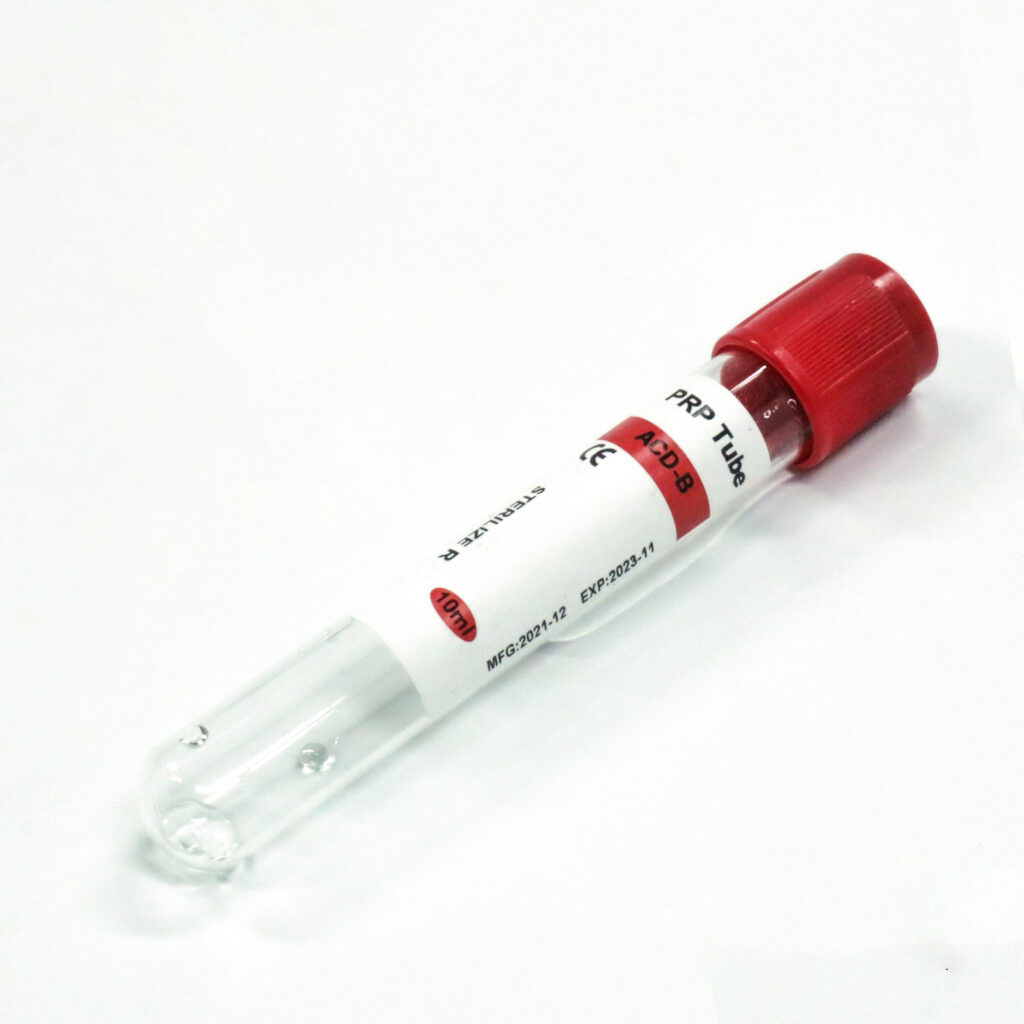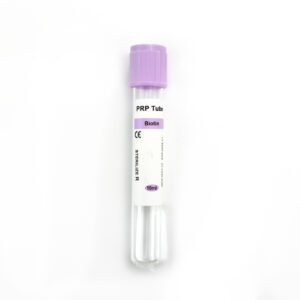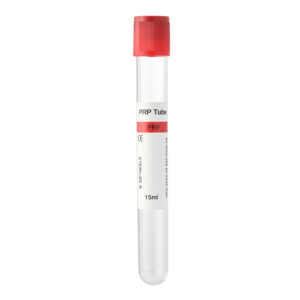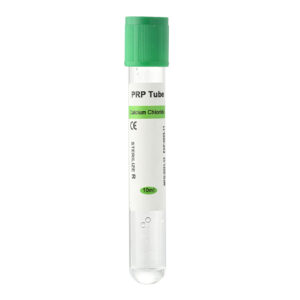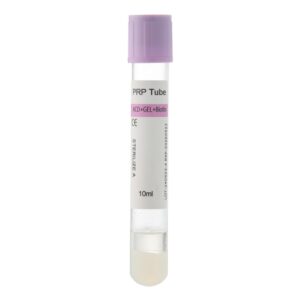PRP (Platelet-Rich Plasma) has gained widespread attention in modern medical and aesthetic fields for its remarkable ability to promote tissue repair and regeneration. The quality of PRP relies not only on the preparation process but also heavily on the anticoagulant used. ACD-B (Acid Citrate Dextrose Solution B) is a specially designed anticoagulant that ensures adequate anticoagulation while preserving platelet activity. To provide a comprehensive understanding of ACD-B, this article highlights its role, unique features, and advantages compared to ACD-A, another commonly used anticoagulant.
What is ACD-B?
ACD-B is a solution formulated with precise concentrations of sodium citrate, citric acid, and glucose. Its primary functions include:
- Preventing blood clotting: ACD-B binds with calcium ions in the blood, inhibiting the activation of clotting factors to maintain the liquid state of blood during the separation process.
- Preserving platelet integrity and function: The acidic environment created by ACD-B supports platelet stability, minimizing damage during centrifugation and processing.
- Enhancing PRP preparation outcomes: ACD improves the release of growth factors such as Platelet-Derived Growth Factor (PDGF) and Vascular Endothelial Growth Factor (VEGF), leading to PRP with superior therapeutic efficacy.
Due to its optimized formulation, ACDis highly suitable for producing high-quality PRP used in applications such as skin rejuvenation, joint repair, and dental treatments.
To learn more about ACD-B tubes for PRP, check out this page.
ACD-B vs. ACD-A
While ACD and ACD-A (Acid Citrate Dextrose Solution A) belong to the same citrate-based anticoagulants, their formulations and applications differ significantly.
- Differences in composition: ACD-A contains higher sodium citrate and glucose concentrations, making it ideal for long-term blood storage, such as transfusions. However, its protective effect on platelet activity is limited. ACD, on the other hand, is specifically designed to maximize platelet viability, making it a superior choice for PRP preparation, where active platelets are critical.
- Acidity levels: ACD-B has a slightly stronger acidity, which helps stimulate platelet activation and promotes the release of essential growth factors. This feature enhances the therapeutic effects of PRP in tissue repair and regeneration.
- Usage ratios: The typical mixing ratio for ACD-A and blood is 1:7, whereas ACD requires a 1:9 ratio. The lower volume of ACD-B reduces interference with other blood components, resulting in purer and higher-quality PRP.
Why Choose ACD-B for PRP Preparation?
The choice of anticoagulant is a critical factor in determining the quality and efficacy of PRP. ACD offers distinct advantages, making it the preferred option for many medical and aesthetic applications.
- Superior platelet preservation: PRP’s therapeutic potential relies on the activity of platelets and their ability to release growth factors. ACD-B ensures platelets remain functional throughout the preparation process.
- Enhanced PRP efficacy: PRP prepared with ACD-B contains a higher concentration of growth factors, improving tissue regeneration, wound healing, and skin rejuvenation outcomes.
- Versatility in clinical applications: ACD-B is suitable for a wide range of uses, including:
- Ease of use in practice: Many PRP collection tubes come pre-filled with ACD-B, simplifying the preparation process and minimizing the risk of errors during clinical use.
- Aesthetic treatments: Reducing wrinkles, improving skin texture, and stimulating collagen production.
- Orthopedic therapy: Treating joint injuries and osteoarthritis by promoting cartilage repair.
- Dental procedures: Supporting periodontal and bone tissue regeneration.
The Future of ACD and PRP Technology
PRP technology continues to expand due to its non-invasive nature, low risk, and high efficacy. As an essential component of PRP preparation, ACD plays a pivotal role in enhancing platelet preservation and maximizing therapeutic potential. With regenerative medicine and aesthetic science advancements, ACD will remain a cornerstone for personalized treatments in diverse medical fields.
If you’re curious about the latest designs, check out the ACD-A Tubes and the wide range of ACD-B tubes offered at Siny PRP.
Summary
Selecting the right anticoagulant is vital for achieving high-quality PRP. ACD stands out for its superior platelet-preserving properties, optimized formulation, and adaptability to various clinical needs. If you want a professional PRP preparation solution or want to explore ACD-B’s applications more, please contact us. We are dedicated to providing comprehensive technical support and customized solutions for your medical and aesthetic endeavors.

